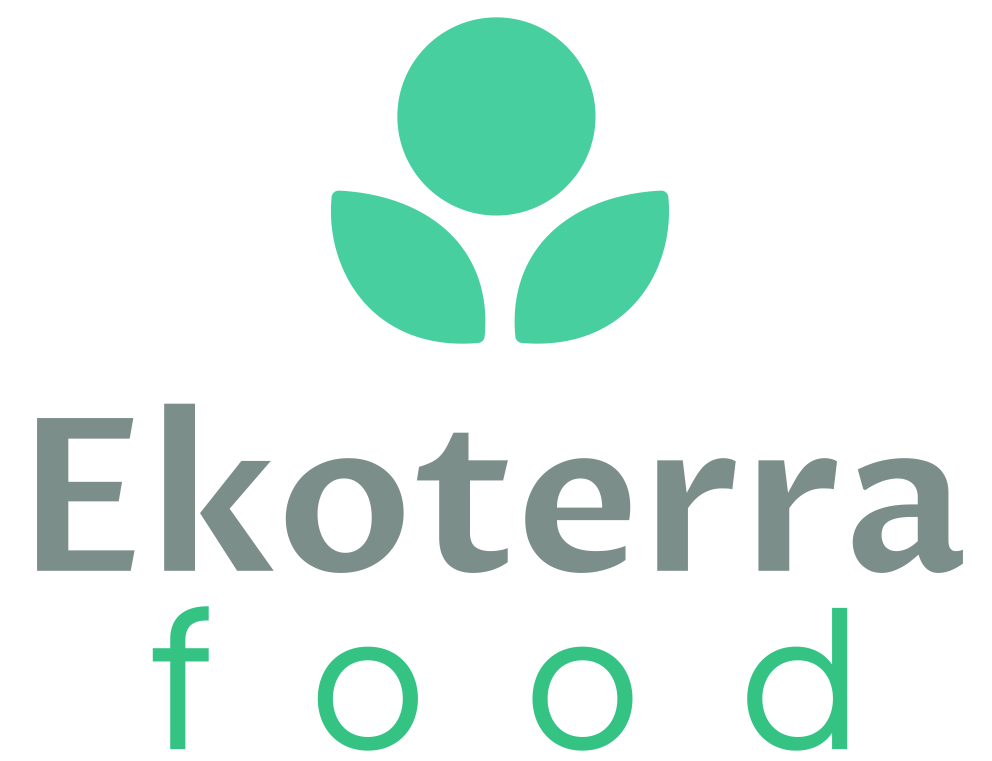2022 -New Flavors, new ways

Every year, the Whole Foods Trend Council prepares a list of the most anticipated food trends. The food trend predictions for 2022 for the coming year from over 50 global buyers and culinary experts. Last year’s trend predictions included sous vide egg bites, boozy kombucha, and all the new chickpea snacks were proved accurate based on what we’ve seen up to now this year!
“Last year, we saw tremendous pandemic-related shifts in grocery buying habits as the world adjusted to spending more time at home. As the food industry slowly adjusts to a new normal, we expect to see consumers prioritize food and drink products that deliver additional benefits—like functional sodas and tonics—and products that support their sense of well-being, like urban garden greens and products grown with farming processes that help address soil health,” said Sonya Gafsi Oblisk, chief marketing officer at Whole Foods Market. “We look forward to watching these trends take form in grocery aisles and on our plates in 2022.”
Ultra-Urban Farming
Innovation in urban and indoor farming has come a long way, from hydroponics to aquaponics to urban greenhouses (fun fact: the Whole Foods Market store in Brooklyn has a Gotham Greens greenhouse on the roof). According to Whole Foods, these ultra-urban farms will continue to innovate in 2022 by growing hyper-local crops and maximizing their efficiency even further.
Yuzu
Yuzu is a tangerine-sized citrus fruit that is tart and sour. It is primarily grown in Asia. Whole Foods anticipates that this fruit will be popular in grocery stores and restaurants across the United States by 2022.
Reducetarianism
Reducetarianism is for people who aren’t ready to go completely vegetarian or vegan but still want to cut back on meat, dairy, and eggs to both help the planet and their health. The times they consume animal products, many reducetarians will prioritize grass-fed meat and pasture-raised eggs.
Hibiscus
You’ve probably had vitamin C-rich hibiscus tea, but chefs are getting creative with hibiscus’ sweet and tart flavor and flashing hot pink hue in fruit spreads, yogurts, drinks, and more.
Mocktails
According to a press release from Whole Foods, “This year, our stores saw record growth in the dialed-down spirits category. We don’t see the sober-curious mindset going away anytime soon, with millennials and Gen Z-ers dabbling in ‘drysolation’ during the pandemic. There’s a new drink on the market that has the taste and sophistication of a cocktail but none of the buzz.”
Grains that Give Back
According to Whole Foods, grains cultivated through agricultural techniques and farming processes that help address soil health will be a major priority next year. “Kernza—a perennial grain produced by The Land Institute with a sweet, nutty flavor and long roots—helps with nitrogen cycling and overall soil ecology,” according to the media release.
Sunflower Seed
The old times snack is back and now will be found in ice cream, cheese, and other products.
Moringa
“Moringa, often known as the “miracle tree,” has long been utilized as a herbal treatment in India, Africa, and other parts of the world. Moringa leaves are high in nutrients, and in some regions of the globe, these fast-growing, drought-resistant trees have been utilized as a source of food to combat hunger “According to a press release from Whole Foods, “It’s available in powder form, which can be used to create magic in smoothies, sauces, and baked products.”
Functional Sparkling Beverages
Kombucha will not be the only fizzy beverage with health advantages! Whole Foods forecasts that functional sparkling beverages will be big next year, from probiotic sodas to botanical tonics.
Turmeric
Turmeric has long been utilized in Ayurvedic and traditional Chinese medicine, so it’s difficult to call it “trendy.” While turmeric isn’t a new spice, it’s becoming increasingly popular in foods such as cereal, sauerkraut, and ice cream sandwiches.


